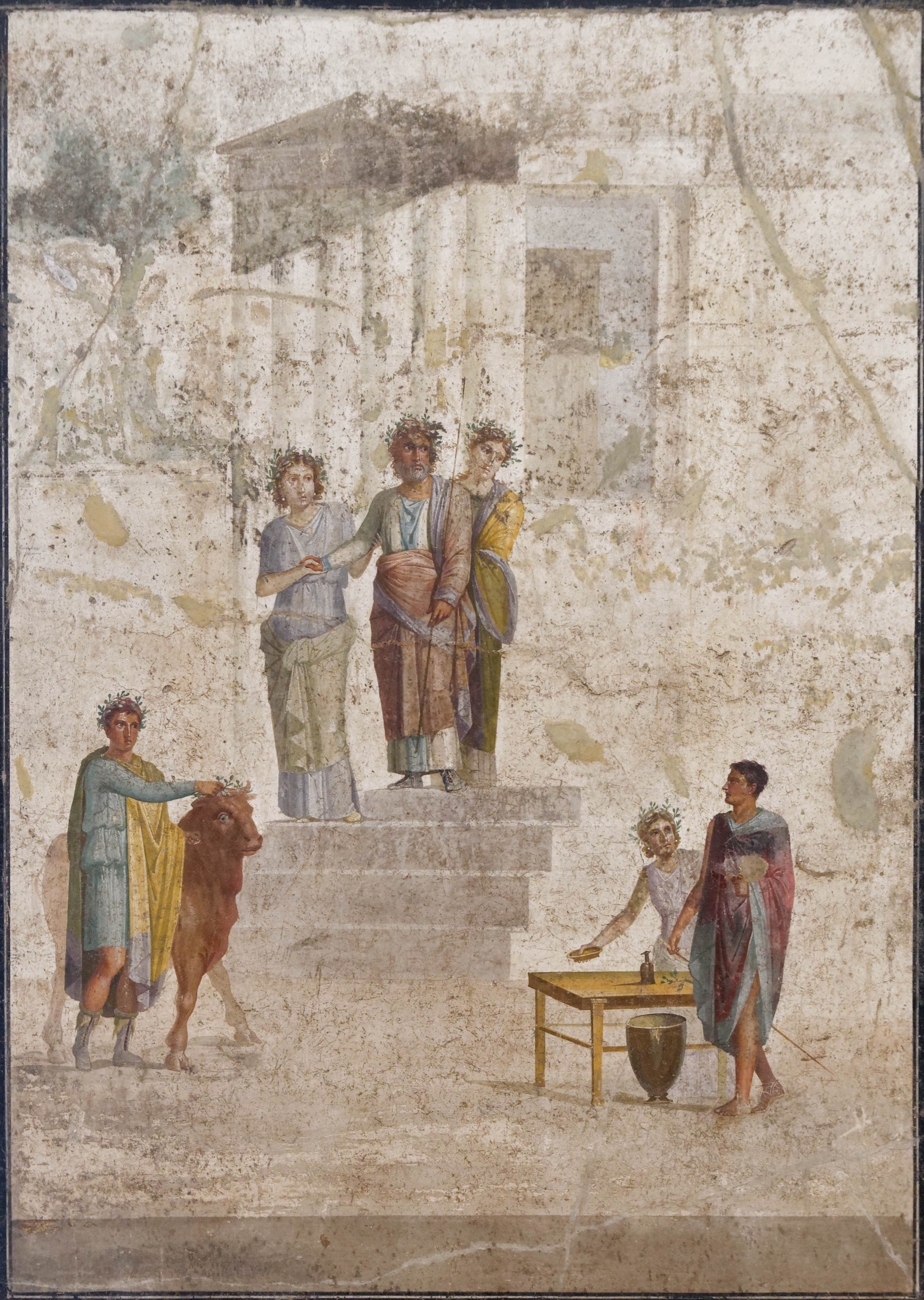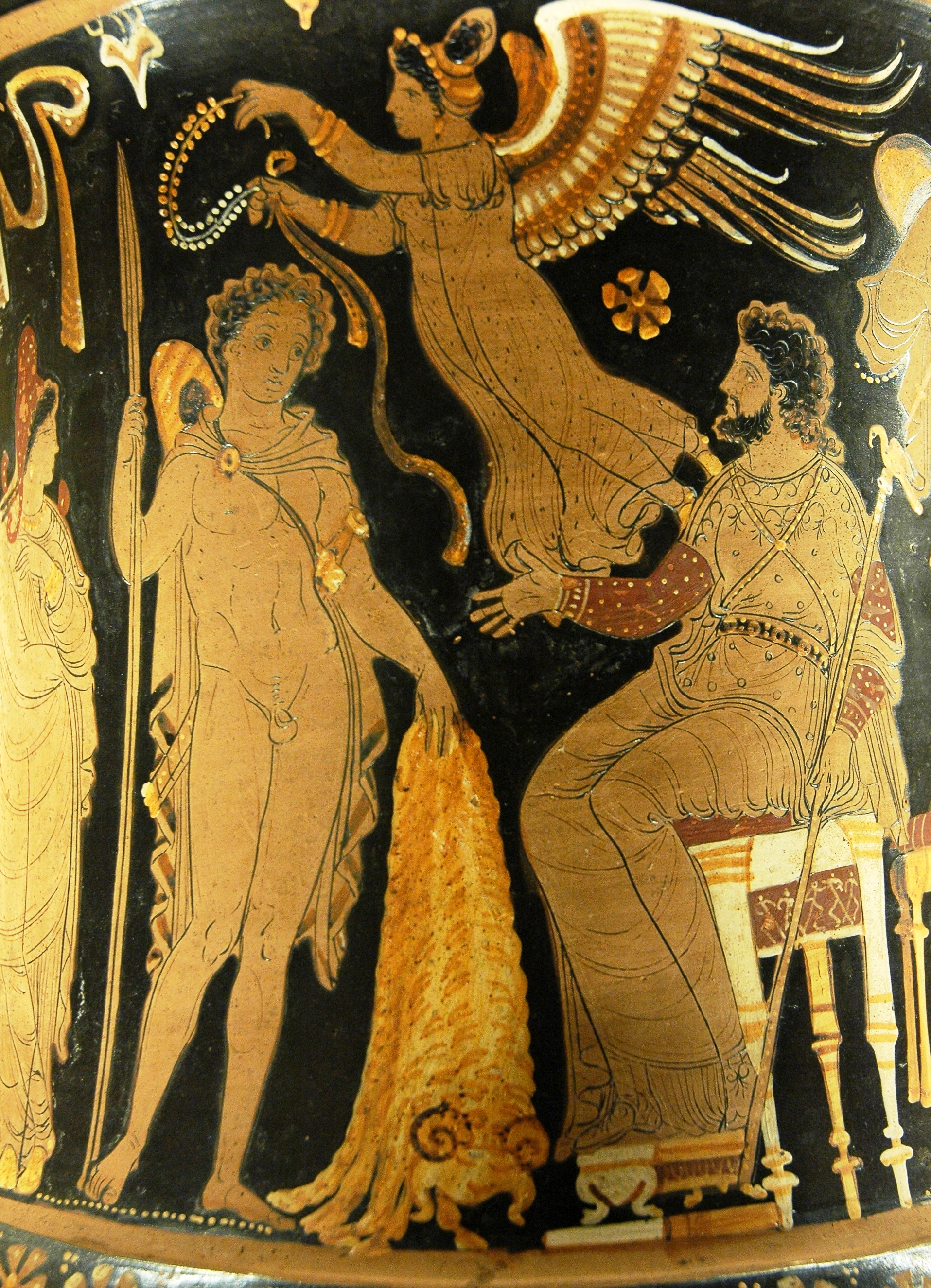|
Medea Dome
Medea Dome () is a snow dome, high, marking the eastern end of Philippi Rise on the east coast of Graham Land, Antarctica. It was surveyed by the Falkland Islands Dependencies Survey in 1953, and was named in 1956 by the UK Antarctic Place-Names Committee in association with Jason Peninsula; in Greek mythology Medea helped Jason to obtain the Golden Fleece In Greek mythology, the Golden Fleece ( el, Χρυσόμαλλον δέρας, ''Chrysómallon déras'') is the fleece of the golden-woolled,, ''Khrusómallos''. winged ram, Chrysomallos, that rescued Phrixus and brought him to Colchis, wh ... and later became his wife. References Mountains of Graham Land Oscar II Coast {{OscarIICoast-geo-stub ... [...More Info...] [...Related Items...] OR: [Wikipedia] [Google] [Baidu] |
Philippi Rise
Philippi Rise () is a low, snow-covered promontory 7 nautical miles (13 km) wide and extending some 10 nautical miles (18 km) southeast from the east coast of Graham Land. The ice surface is highest in the west, where it rises to about 395 m and is broken by Borchgrevink and Gemini Nunataks. The Swedish Antarctic Expedition under Nordenskjold, 1901–04, reported an ice wall or glacial terrace in the vicinity of Borchgrevink Nunatak. Although unable to determine its nature, Nordenskjold named the feature Philippigletscher, after Emil Philippi Emil or Emile may refer to: Literature *''Emile, or On Education'' (1762), a treatise on education by Jean-Jacques Rousseau * ''Émile'' (novel) (1827), an autobiographical novel based on Émile de Girardin's early life *''Emil and the Detective .... It was determined to be a snow-covered promontory by the Falkland Islands Dependencies Survey (FIDS) during their 1947 survey of this coast. Mountains of Graham Land Oscar II ... [...More Info...] [...Related Items...] OR: [Wikipedia] [Google] [Baidu] |
Graham Land
Graham Land is the portion of the Antarctic Peninsula that lies north of a line joining Cape Jeremy and Cape Agassiz. This description of Graham Land is consistent with the 1964 agreement between the British Antarctic Place-names Committee and the US Advisory Committee on Antarctic Names, in which the name "Antarctic Peninsula" was approved for the major peninsula of Antarctica, and the names Graham Land and Palmer Land for the northern and southern portions, respectively. The line dividing them is roughly 69 degrees south. Graham Land is named after Sir James R. G. Graham, First Lord of the Admiralty at the time of John Biscoe's exploration of the west side of Graham Land in 1832. It is claimed by Argentina (as part of Argentine Antarctica), Britain (as part of the British Antarctic Territory) and Chile (as part of the Chilean Antarctic Territory). Graham Land is the closest part of Antarctica to South America. Thus it is the usual destination for small ships taking pay ... [...More Info...] [...Related Items...] OR: [Wikipedia] [Google] [Baidu] |
Falkland Islands Dependencies Survey
The British Antarctic Survey (BAS) is the United Kingdom's national polar research institute. It has a dual purpose, to conduct polar science, enabling better understanding of global issues, and to provide an active presence in the Antarctic on behalf of the UK. It is part of the Natural Environment Research Council (NERC). With over 400 staff, BAS takes an active role in Antarctic affairs, operating five research stations, one ship and five aircraft in both polar regions, as well as addressing key global and regional issues. This involves joint research projects with over 40 UK universities and more than 120 national and international collaborations. Having taken shape from activities during World War II, it was known as the Falkland Islands Dependencies Survey until 1962. History Operation Tabarin was a small British expedition in 1943 to establish permanently occupied bases in the Antarctic. It was a joint undertaking by the British Admiralty, Admiralty and the Secretary of ... [...More Info...] [...Related Items...] OR: [Wikipedia] [Google] [Baidu] |
UK Antarctic Place-Names Committee
The UK Antarctic Place-Names Committee (or UK-APC) is a United Kingdom government committee, part of the Foreign and Commonwealth Office, responsible for recommending names of geographical locations within the British Antarctic Territory (BAT) and the South Georgia and the South Sandwich Islands (SGSSI). Such names are formally approved by the Commissioners of the BAT and SGSSI respectively, and published in the BAT Gazetteer and the SGSSI Gazetteer maintained by the Committee. The BAT names are also published in the international Composite Gazetteer of Antarctica maintained by SCAR. The Committee may also consider proposals for new place names for geographical features in areas of Antarctica outside BAT and SGSSI, which are referred to other Antarctic place-naming authorities, or decided by the Committee itself if situated in the unclaimed sector of Antarctica. Names attributed by the committee * Anvil Crag, named for descriptive features *Anckorn Nunataks, named after J. F. Anc ... [...More Info...] [...Related Items...] OR: [Wikipedia] [Google] [Baidu] |
Jason Peninsula
Jason Peninsula () is a large peninsula on the east coast of Graham Land comprising several mainly snow-covered summits. It rises above the Larsen Ice Shelf and extends from the narrow neck of land east of Medea Dome for , terminating in Cape Framnes. This feature was first seen from seaward on December 1, 1893, by Carl Anton Larsen, who named one of the high peaks "Mount Jason" after his ship, the ''Jason''. Larsen was too distant to map the area in detail, but in 1902 the Swedish Antarctic Expedition under Otto Nordenskiöld observed the area from Borchgrevink Nunatak and reported the peaks seen by Larsen to be separated from the mainland. The name "Jason Island" was subsequently used for Larsen's discovery, but in 1955 the Falkland Islands Dependencies Survey determined this feature to be a large peninsula. See also * Argo Point * Pelias Bluff References Further reading * David J. Cantrill, Imogen Poole, The Vegetation of Antarctica through Geological Time', P 178 ... [...More Info...] [...Related Items...] OR: [Wikipedia] [Google] [Baidu] |
Medea
In Greek mythology A major branch of classical mythology, Greek mythology is the body of myths originally told by the ancient Greeks, and a genre of Ancient Greek folklore. These stories concern the origin and nature of the world, the lives and activities of ..., Medea (; grc, Μήδεια, ''Mēdeia'', perhaps implying "planner / schemer") is the daughter of Aeëtes, King Aeëtes of Colchis, a niece of Circe and the granddaughter of the sun god Helios. Medea figures in the myth of Jason and the Argonauts, appearing in Hesiod's ''Theogony'' around 700 BCE, but best known from Euripides's tragedy ''Medea (play), Medea'' and Apollonius of Rhodes's epic ''Argonautica''. Medea is known in most stories as a sorceress and is often depicted as a priestess of the goddess Hecate. Medea plays the archetypal role of helper-maiden, aiding Jason in his search for the Golden Fleece by using her magic to save his life out of love. Once he finished his quest, she abandons her native h ... [...More Info...] [...Related Items...] OR: [Wikipedia] [Google] [Baidu] |
Jason
Jason ( ; ) was an ancient Greece, ancient Greek Greek mythology, mythological hero and leader of the Argonauts, whose quest for the Golden Fleece featured in Greek literature. He was the son of Aeson, the rightful king of Iolcos. He was married to the sorceress Medea. He was also the great-grandson of the messenger god Hermes, through his mother's side. Jason appeared in various literary works in the classical world of Ancient Greece, Greece and Ancient Rome, Rome, including the epic poem ''Argonautica'' and the tragedy ''Medea (play), Medea''. In the modern world, Jason has emerged as a character in various adaptations of his myths, such as the 1963 film ''Jason and the Argonauts (1963 film), Jason and the Argonauts'' and the 2000 TV miniseries of the Jason and the Argonauts (TV miniseries), same name. Persecution by Pelias Pelias (Aeson's half-brother) was power-hungry and sought to gain dominion over all of Ancient Thessaly, Thessaly. Pelias was the progeny of a union ... [...More Info...] [...Related Items...] OR: [Wikipedia] [Google] [Baidu] |
Golden Fleece
In Greek mythology, the Golden Fleece ( el, Χρυσόμαλλον δέρας, ''Chrysómallon déras'') is the fleece of the golden-woolled,, ''Khrusómallos''. winged ram, Chrysomallos, that rescued Phrixus and brought him to Colchis, where Phrixus then sacrificed it to Zeus. Phrixus gave the fleece to King Aeëtes who kept it in a sacred grove, whence Jason and the Argonauts stole it with the help of Medea, Aeëtes' daughter. The fleece is a symbol of authority and kingship. In the historical account, the hero Jason and his crew of Argonauts set out on a quest for the fleece by order of King Pelias in order to place Jason rightfully on the throne of Iolcus in Thessaly. Through the help of Medea, they acquire the Golden Fleece. The story is of great antiquity and was current in the time of Homer (eighth century BC). It survives in various forms, among which the details vary. Nowadays, the heraldic variations of the Golden Fleece are featured frequently in Georgi ... [...More Info...] [...Related Items...] OR: [Wikipedia] [Google] [Baidu] |
Mountains Of Graham Land
A mountain is an elevated portion of the Earth's crust, generally with steep sides that show significant exposed bedrock. Although definitions vary, a mountain may differ from a plateau in having a limited summit area, and is usually higher than a hill, typically rising at least 300 metres (1,000 feet) above the surrounding land. A few mountains are isolated summits, but most occur in mountain ranges. Mountains are formed through tectonic forces, erosion, or volcanism, which act on time scales of up to tens of millions of years. Once mountain building ceases, mountains are slowly leveled through the action of weathering, through slumping and other forms of mass wasting, as well as through erosion by rivers and glaciers. High elevations on mountains produce colder climates than at sea level at similar latitude. These colder climates strongly affect the ecosystems of mountains: different elevations have different plants and animals. Because of the less hospitable terrain ... [...More Info...] [...Related Items...] OR: [Wikipedia] [Google] [Baidu] |

.jpg)



